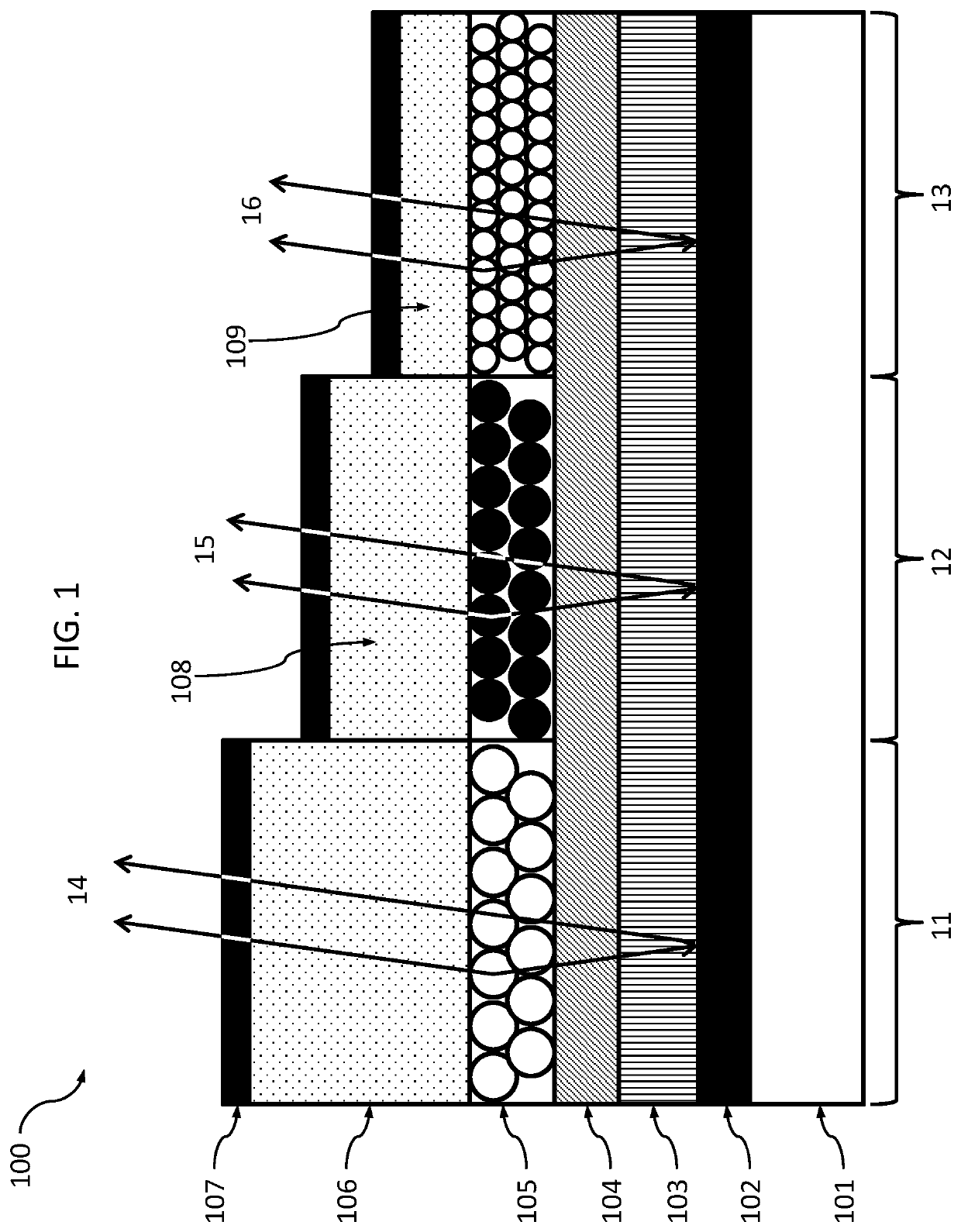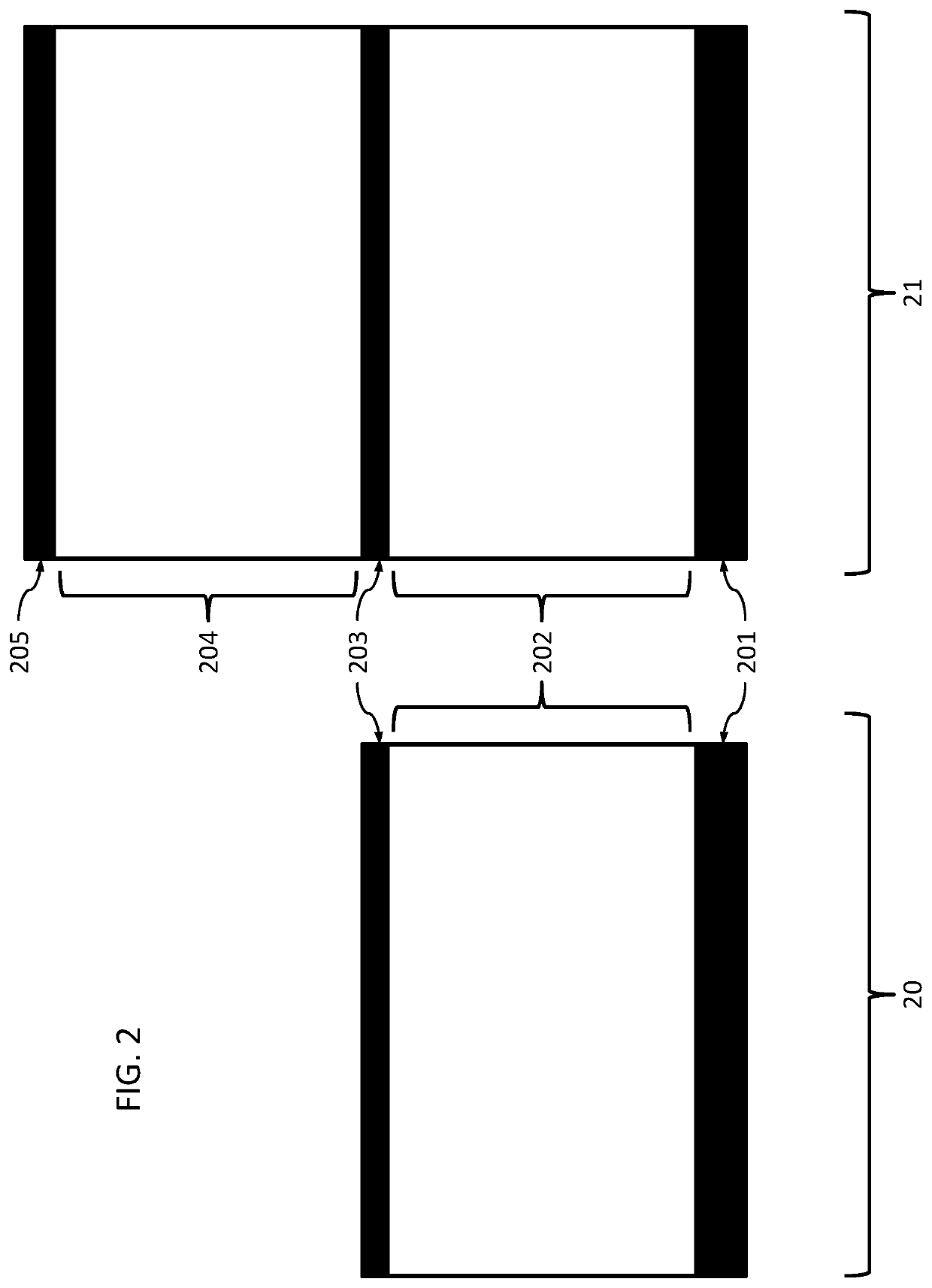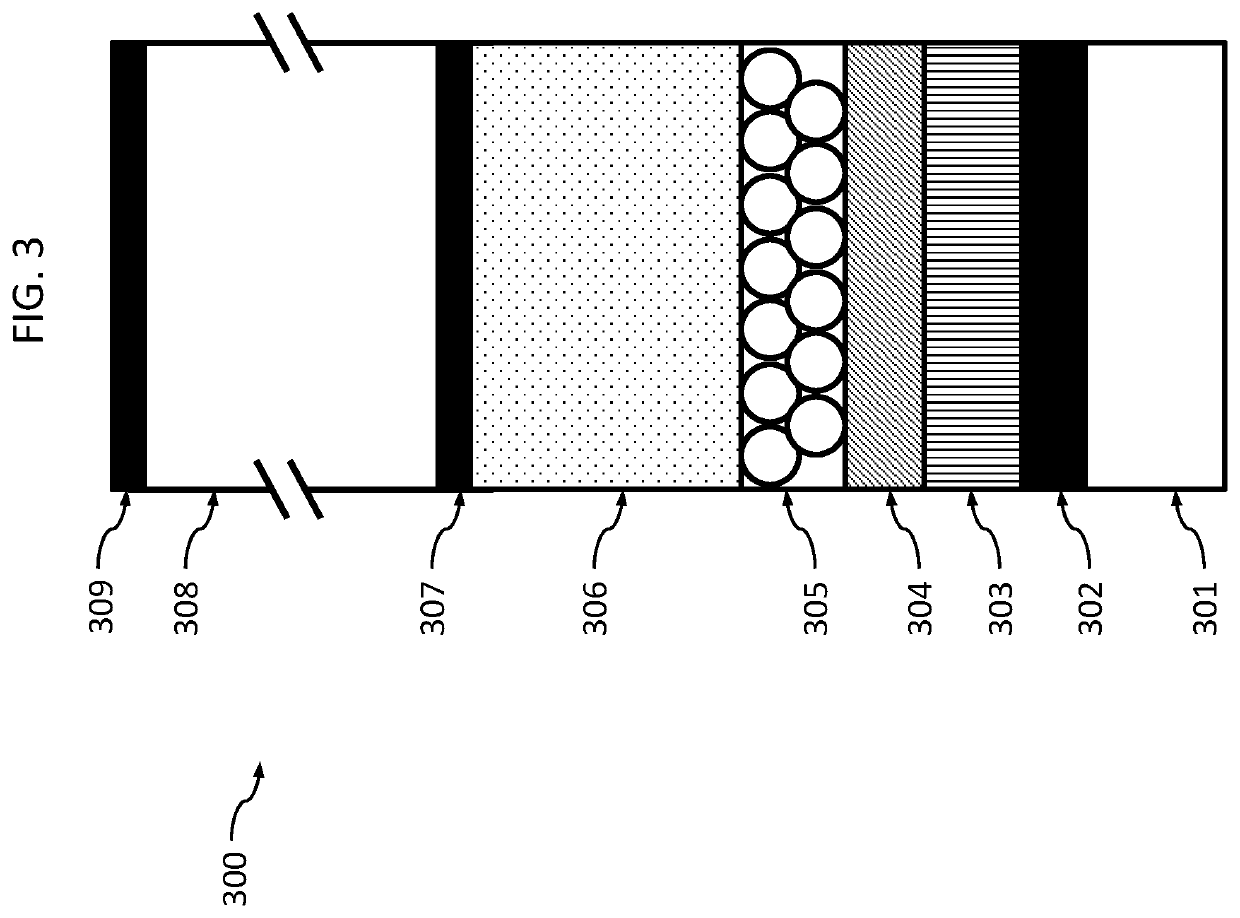Quantum dot LED structure having optically transparent layer on partially transmitting reflector for enhanced emission
a quantum dot led and partially transmitting reflector technology, applied in static indicating devices, instruments, organic semiconductor devices, etc., can solve the problems of conflicting light emission optimization is relatively costly and difficult to achieve, and the optical properties and electronic properties of layers are in conflict, so as to improve the extraction efficiency and angular light profile, enhance the on-axis light emission
- Summary
- Abstract
- Description
- Claims
- Application Information
AI Technical Summary
Benefits of technology
Problems solved by technology
Method used
Image
Examples
Embodiment Construction
[0026]Embodiments of the present invention will now be described with reference to the drawings, wherein like reference numerals are used to refer to like elements throughout. It will be understood that the figures are not necessarily to scale.
[0027]The present invention provides a layer structure used for an emissive device, in particular for a quantum dot light-emitting diode (QLED) display device or an organic light-emitting diode (OLED) display device, that provides enhanced on-axis light emission. The present invention uses an additional layer or layers on top of a conventional QLED or OLED pixel, such as described in FIG. 1, to optimize extraction efficiency and angular light profile while allowing the functional layers to be a selected optimally for the electronic properties of the device without additional processing of the functional layers.
[0028]In particular, embodiments of the present invention include an additional substantially transparent region and a partially reflec...
PUM
| Property | Measurement | Unit |
|---|---|---|
| thickness | aaaaa | aaaaa |
| thickness | aaaaa | aaaaa |
| thickness | aaaaa | aaaaa |
Abstract
Description
Claims
Application Information
 Login to View More
Login to View More - R&D
- Intellectual Property
- Life Sciences
- Materials
- Tech Scout
- Unparalleled Data Quality
- Higher Quality Content
- 60% Fewer Hallucinations
Browse by: Latest US Patents, China's latest patents, Technical Efficacy Thesaurus, Application Domain, Technology Topic, Popular Technical Reports.
© 2025 PatSnap. All rights reserved.Legal|Privacy policy|Modern Slavery Act Transparency Statement|Sitemap|About US| Contact US: help@patsnap.com



